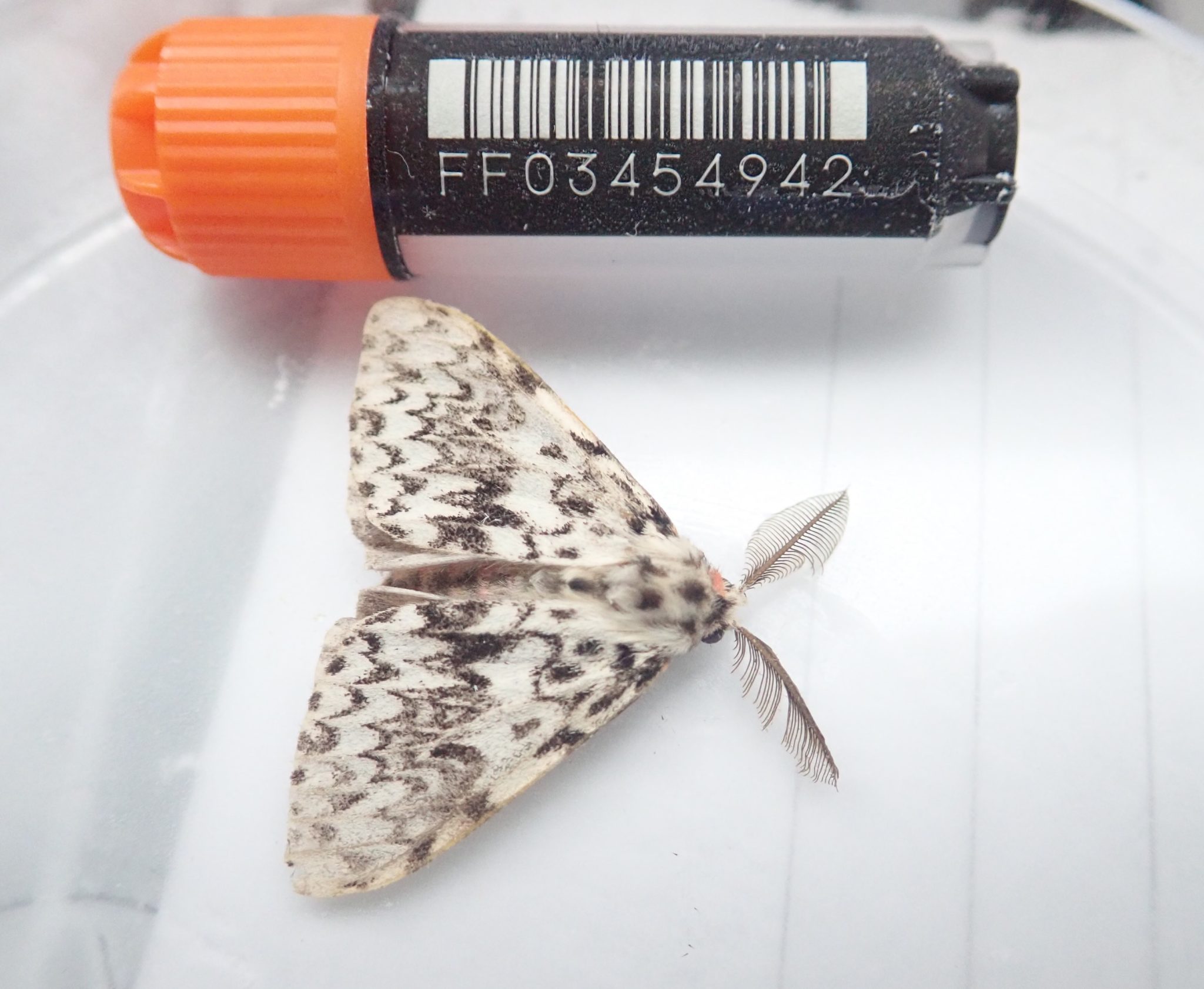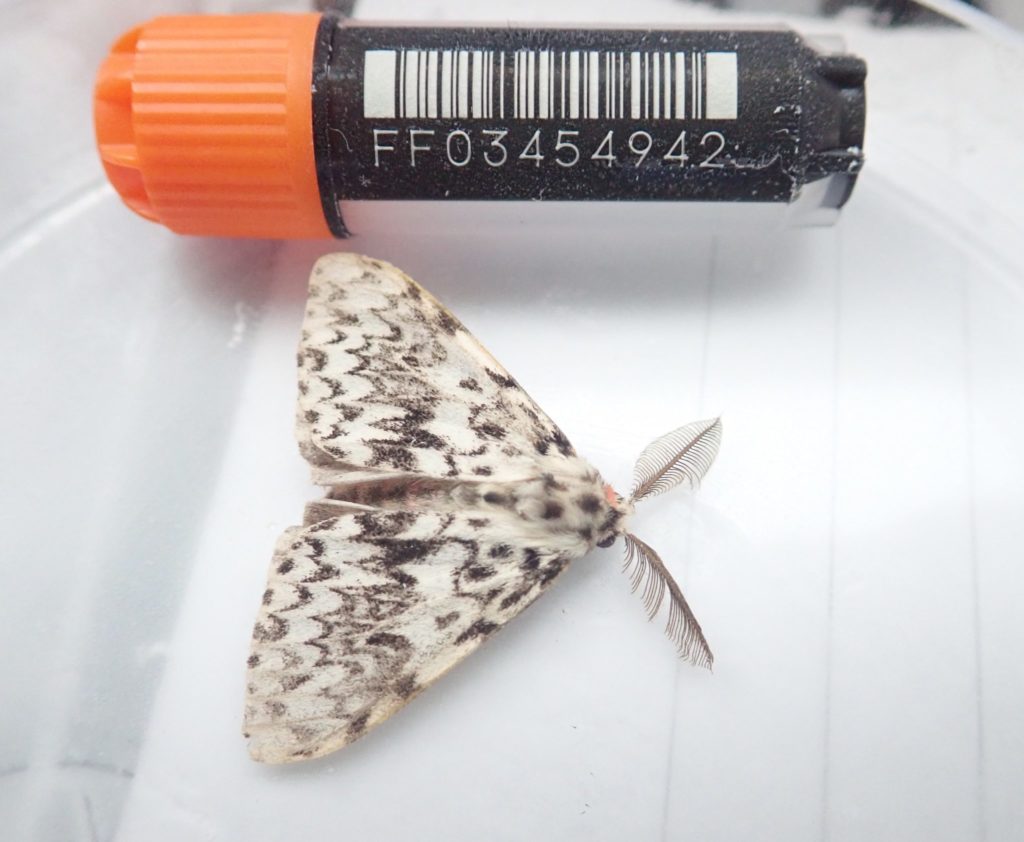
International Day of Biodiversity
Biodiversity is at the core of the Darwin Tree of Life (DToL) project, and today (May 22nd) marks the Convention on Biological Diversity’s International Day of Biodiversity. While we celebrate the variety of life on Earth every day, today seems like a great time to explain some of the benefits our project hopes to have for the broader environment. Our aim is to obtain high-quality genome sequences for each of the over 60,000 species of eukaryotic organisms in Britain and Ireland- a goal which includes all protists, plants, fungi, invertebrates and vertebrates. Our consortium includes a number of different Genome Acquisition Laboratories (or GALs), consisting of two botanic gardens (RBG Edinburgh and Kew), the Natural History Museum (who have authored this page on biodiversity), and the Marine Biological Association, as well as several universities and research institutions (the Universities of Cambridge, Edinburgh and Oxford, the Earlham Institute, the Wellcome Sanger Institute and EMBL-EBI).
DToL is a UK partner of the Earth Biogenome Project (EBP), a worldwide project to sequence all life on Earth. The EBP has three stated goals for it’s research: benefiting human welfare, protecting biodiversity and understanding ecosystems. These 3 goals can equally be applied to the aims of the Darwin Tree of Life. Though the goal of sequencing every species may seem like a fishing expedition, or an attempt to fill a Pokedex by “catching them all”, this type of genomic information can be invaluable, both for better understanding the species that share our islands, and also to inform and aid in their conservation and protection.
The Darwin Tree of Life project has already released genome notes for three mammal species, the red (Sciurus vulgaris) and grey squirrels (Sciurus carolinensis), and the Eurasian otter (Lutra lutra). All three of these species give great examples of the value of genomic information. The squirrel genomes (reported in the Washington Post) revealed the genetic sequences of two closely related and competing species. We hope that these genomes will provide valuable information about the genetic basis of immunity to squirrelpox in grey squirrels, and a minority of reds. Understanding this means we can make the best conservation decisions, such as choosing the most genetically suitable individuals for breeding and reintroduction programmes to preserve red squirrel populations. Such information is valuable for any species subject to reintroduction; through knowledge of the genetics of a species, researchers can identify which individuals are likely to be most resilient in their environment. These individuals are the strongest candidates for reintroduction as their better chance of survival gives the population the greatest chance possible to increase and thrive.
Understanding the genetic sequence of species can also help us to understand the effects of environmental change and adaptation, be it naturally occurring or as the result of human activity. The otter sample sequenced as part of DToL came from collaborators at Cardiff University, where the Otter Project undertakes a variety of studies focusing on the effects of pollution and disease on the UK otter population. The otter genome will provide further data on the effects of pollution by chemicals found in pesticides to the otters. A further (non-DToL) example of genome sequencing that increased understanding of adaptation to extreme environments can be seen in the recently published Antarctic blackfin icefish genome. These icefish are one of only a handful of vertebrate species which lack red blood cells, and also possess a number of other adaptations to extreme cold (such as genes to prevent ice damage- a natural internal anti-freeze!). Through sequencing the genome of a species, we can come to a greater understanding of how the mechanisms that allow them to survive in their environment.
Though the examples in this article have been limited to vertebrates, DToL will soon have many exciting future stories to tell about many other species of flora and fauna, which make up the majority of the biodiversity of the UK (and indeed the Earth). Our namesake Darwin himself was noted for being incredibly fond of earthworms, beetles and barnacles! We hope to release the genomes for the complete list of UK lepidoptera (moths and butterflies) later this year, which will provide a fascinating comparative dataset for scientists that study these beautiful creatures. Through our project, we aim to provide researchers and naturalists with vital insights into their species of interest, allowing a deeper understanding of their adaptations to their environment, and also hopefully helping to provide the tools for their preservation. Within DToL we have expert groups which have worked to create lists of all the species we aim to sample, prioritising those with particular scientific interest. We look forward to bringing you more stories from a greater range of species as our work continues.

